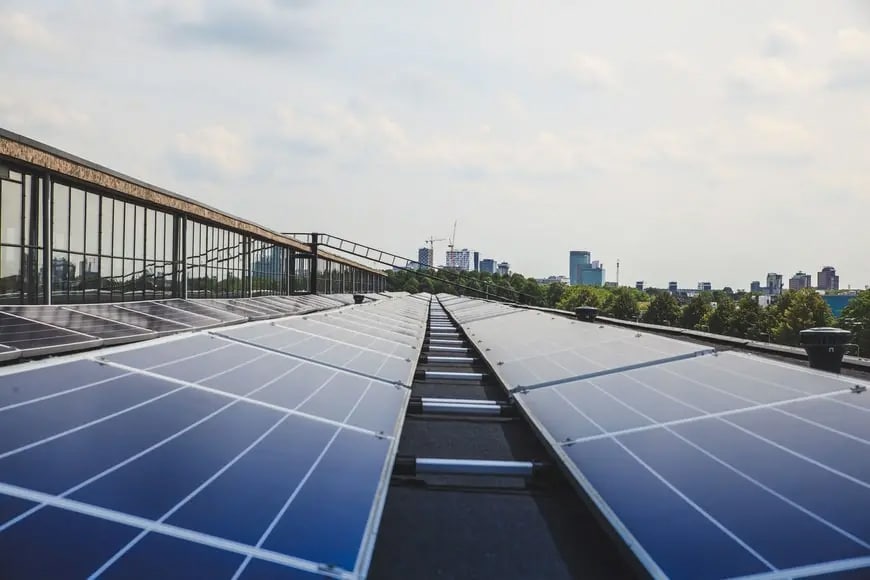The development of science and technology is inseparable from energy. Especially today, with the rapid development of science and technology, it has become a global consensus to vigorously develop renewable energy. The International Renewable Energy Agency (IRENA) aims at the development of renewable energy and believes that in 2050, the proportion of renewable energy power generation will reach 90%.
With the improvement of innovative technologies in the photovoltaic industry, photovoltaic cell modules, manufacturing and production, scale cost, raw material cost, and management cost have changed to varying degrees. Among them, the power generation efficiency of photovoltaic modules has increased from single digits to more than 20%, and the efficiency of the balance system has been continuously improving. The cost of photovoltaic power generation and non-silicon power generation has decreased to varying degrees.
Driven by the national “carbon peak and carbon neutralization”, how can enterprises reduce costs, increase efficiency and use electricity efficiently, help photovoltaic become the main energy, and build a green and intelligent world?
In the 21st century, the photovoltaic industry has entered the era of affordable Internet access. Photovoltaic enterprises need to pay attention to six key points, such as operation and maintenance cost, whole life power generation hours, high-efficiency inverter, high-efficiency module, high-efficiency battery, and system cost, in order to further reduce photovoltaic cost, improve power generation capacity and make existing photovoltaic power stations more efficient.
Operation and maintenance cost
Intelligent operation and maintenance are conducive to ensuring comprehensive power generation and reducing the labor cost of the power station, so as to promote the reduction of kWh cost.
Whole life power generation hours
- With the innovation of technology and process and the comprehensive progress of component and system integration, the service life of the system can be extended to 30 years or even longer;
- On the other hand, the weak light response of heterojunction and perovskite will increase the number of effective hours
High-efficiency inverter
High-efficiency inverters made of silicon carbide (SiC) and gallium nitride (GaN) can reduce the failure rate of passive components, packaging and installation cost, and the size of the inverter radiator (because GaN and SiC have excellent thermal conductivity).
High-efficiency module
Double-sided glass components or new packaging materials can effectively improve power generation.
High-efficiency battery
- Passivated Emitter and Rear Cell (PERC)
- Heterojunction Technology (HJT)
- Industrial Battery and Charger (IBC)
- Copper Indium Gallium Selenide (CIGS)
- Perovskite Solar Cell (PSC)
- Silicon Based Laminated Battery
System cost
- Measures such as thinner diamond wire, large size, and lower power consumption of the drawbar will further reduce the material and energy costs of the components.
- The battery efficiency is moving forward from 20% to30%. While reducing the cost of a single Watt, it dilutes the cost of land and non-material costs such as plant construction, support, electrical equipment, and management expenses.
In recent years, China has launched parity projects and bidding projects for the photovoltaic industry. Only by reducing costs and increasing efficiency can photovoltaic enterprises be competitive and stand out among many enterprises.
With the increasing demand for renewable energy in various countries, as a key factor in the development of new energy, it is certain that the photovoltaic industry will continue to rise in the future and become the main way to achieve the goal of “double carbon”.















